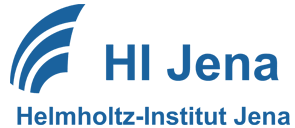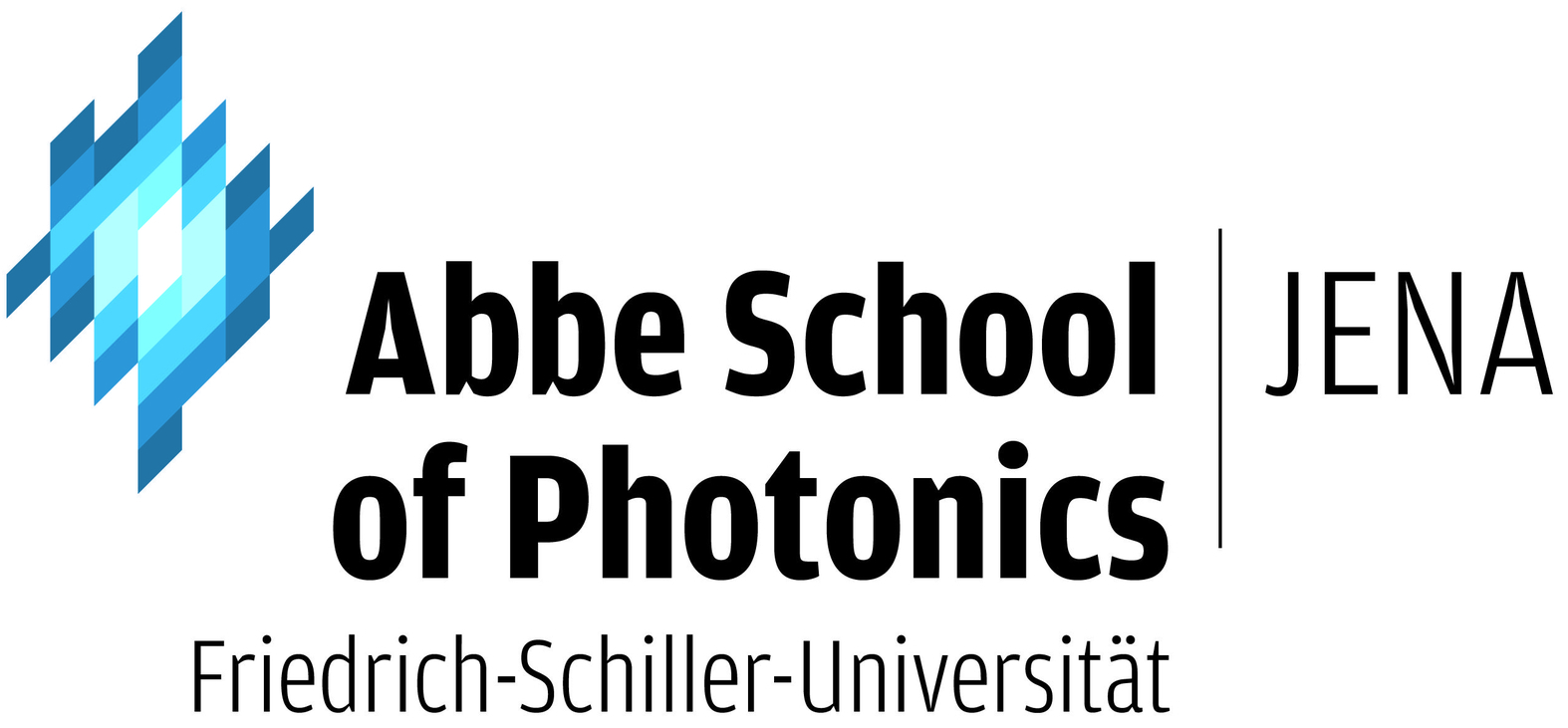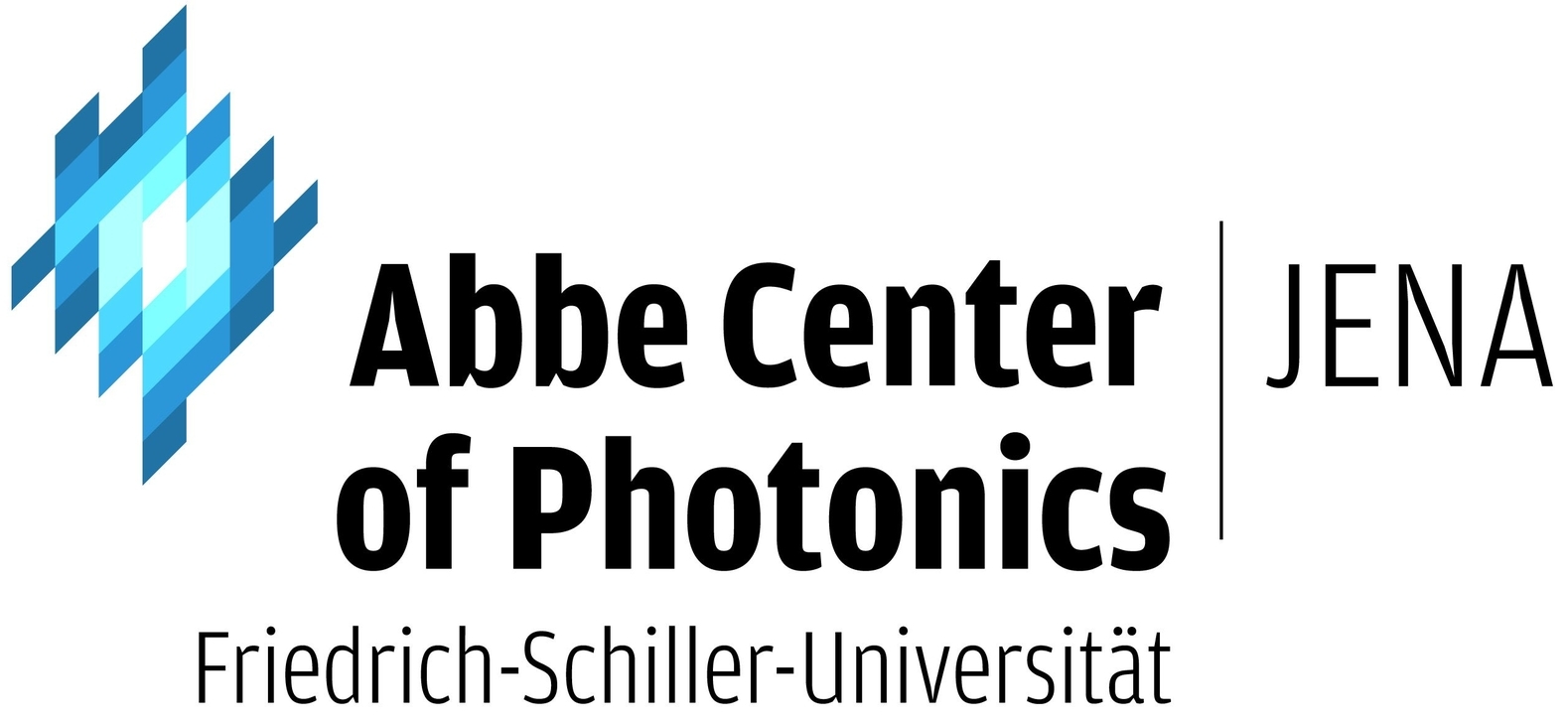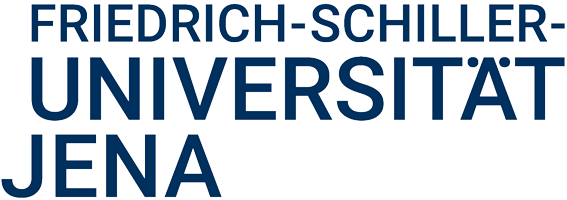NOA
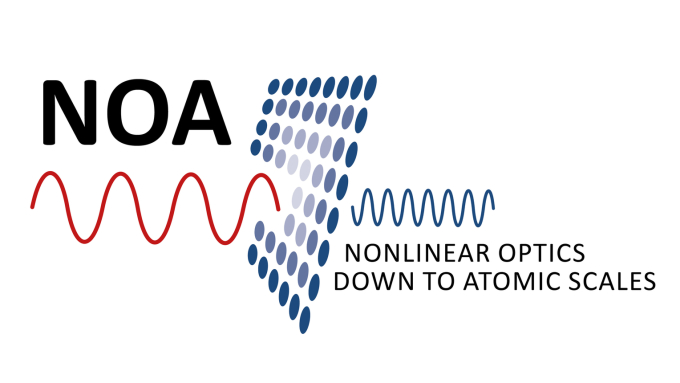
Collaborative Research Center
Runtime: 01.07.2019 - 30.06.2023
We are used to optical phenomena scaling linearly with the intensity of the incident light. Nonlinear processes become important only for higher field strengths and then lead to amplitude, phase, polarization and frequency changes. Examples of such nonlinear optical processes include lasers or the generation of coherent light, but also frequency conversion and the generation of supercontinua and attosecond pulses. The study of such processes is the focus of our Collaborative Research Center “Nonlinear Optics on Atomic Scales (NOA)”. Since optical nonlinearities are weak, the main focus has been on macroscopic propagation distances to accumulate nonlinear effects. With advances in laser and nanotechnology, spatial scales of such effects have been drastically reduced and now already reach the subwavelength range. This move toward smaller and smaller systems is accompanied by a growing understanding of subwavelength electromagnetics and amazing advances in quantum modeling and materials design. Nevertheless, a detailed physical understanding of nonlinear optical processes in the subwavelength range, including a general concept for nonlinear optics that is also valid at the atomic level, is still missing. The Collaborative Research Center NOA focuses on the study of nonlinear processes of light-matter interaction in low-dimensional nanostructures such as atomically thin films, nanoparticles and nanowires, nanostructured surfaces, and molecular aggregates. We study quantum phenomena such as light-induced tunneling of electrons through nanoscale gaps in metals and field-driven charge carrier acceleration in plasmonic nanostructures, atomic lattices, and 2D materials, always including electromagnetic field feedback. We analyze the nonlinear optical response of 2D materials and stacked layers as a function of dielectric or metallic substrates or stacking symmetry and topology. The goal of NOA is to fabricate new materials with tailored nonlinearity through nanostructuring to control optical fields in subwavelength dimensions. Based on nonlinear processes, the resolution of optical sensors will be increased down to the atomic scale. To this end, optical fields are manipulated using plasmonic nanostructures to locally probe molecular transitions, including those inaccessible to the far optical field. Supported by synergistic modeling of field and quantum dynamics, excitation transfer and chemical reactions are studied in real time and at the single-molecule level with sub-nanometer resolution in the Collaborative Research Center NOA.
IPHT: This project aims to improve the efficiency of nonlinear coherent Raman scattering processes using hot spots on rationally designed plasmonic nanostructures to increase the sensitivity up to single molecule detection. Specially designed metallic nanostructures allow shaping of the optical near-field and its polarization to enhance weak coherent Raman signals or excite otherwise inaccessible transitions, such as dark or magnetic modes. The long-term goal of this project is to observe plasmon-induced or -assisted chemical reactions with high spectral or temporal resolution at the single-molecule level. The project will benefit from theoretical support from projects A3|Busch/Peschel and A4|Gräfe/Sierka.
The project is funded by DFG grant number SFB 1375/1 2019, PNR 398816777 and co-funded by the project management organization DFG-CRC-SFB.
Partners



